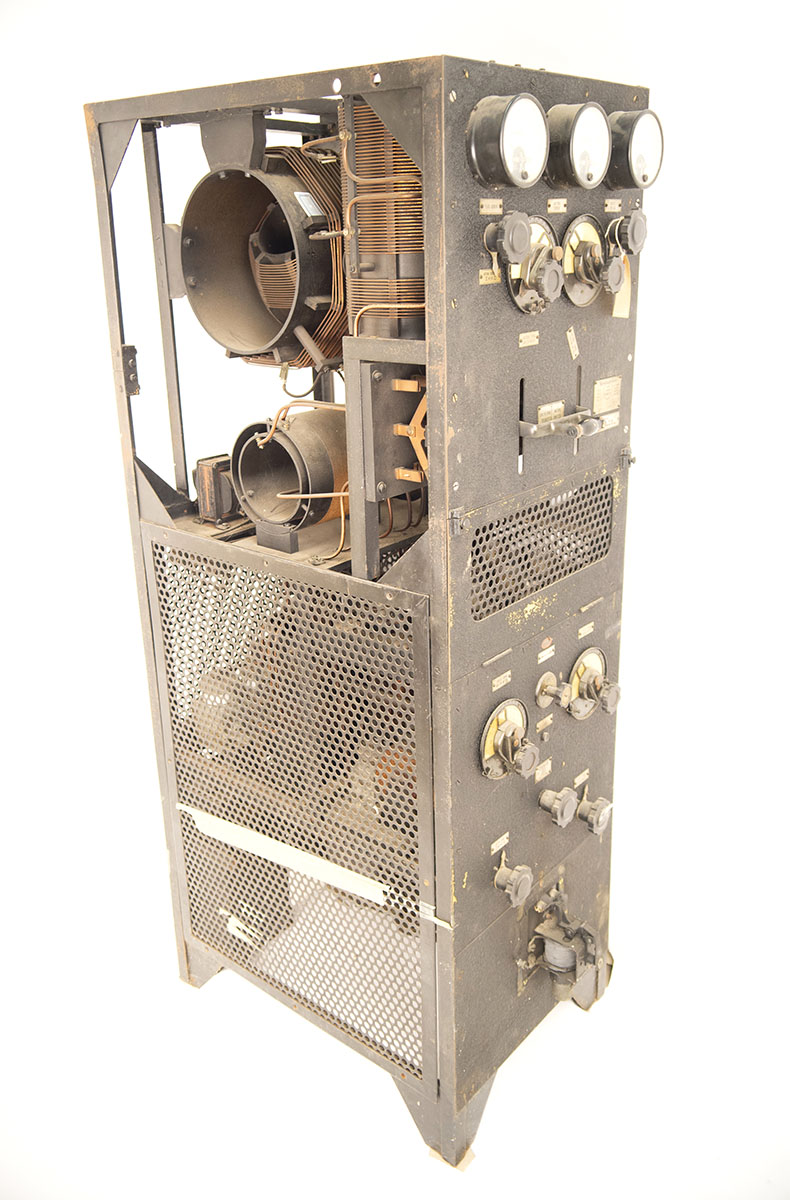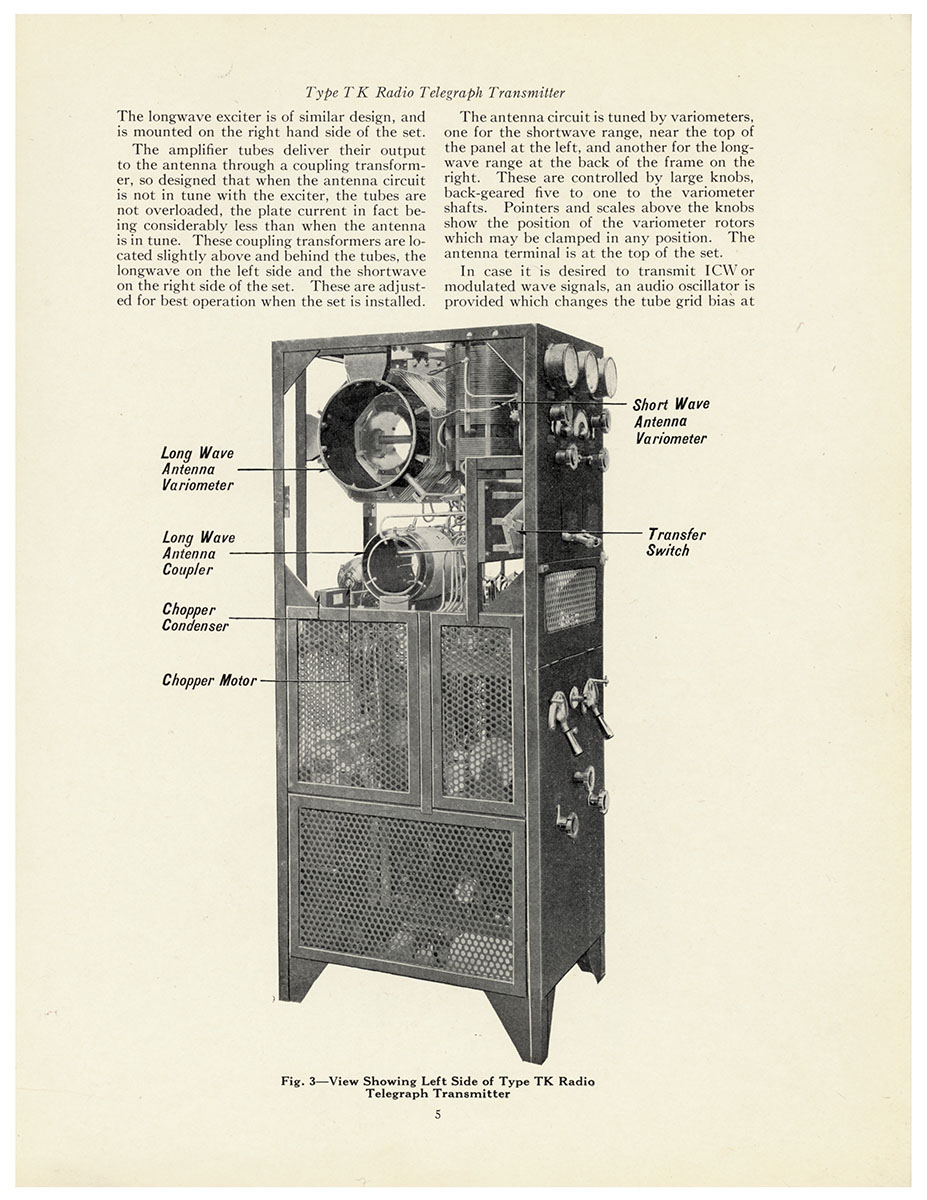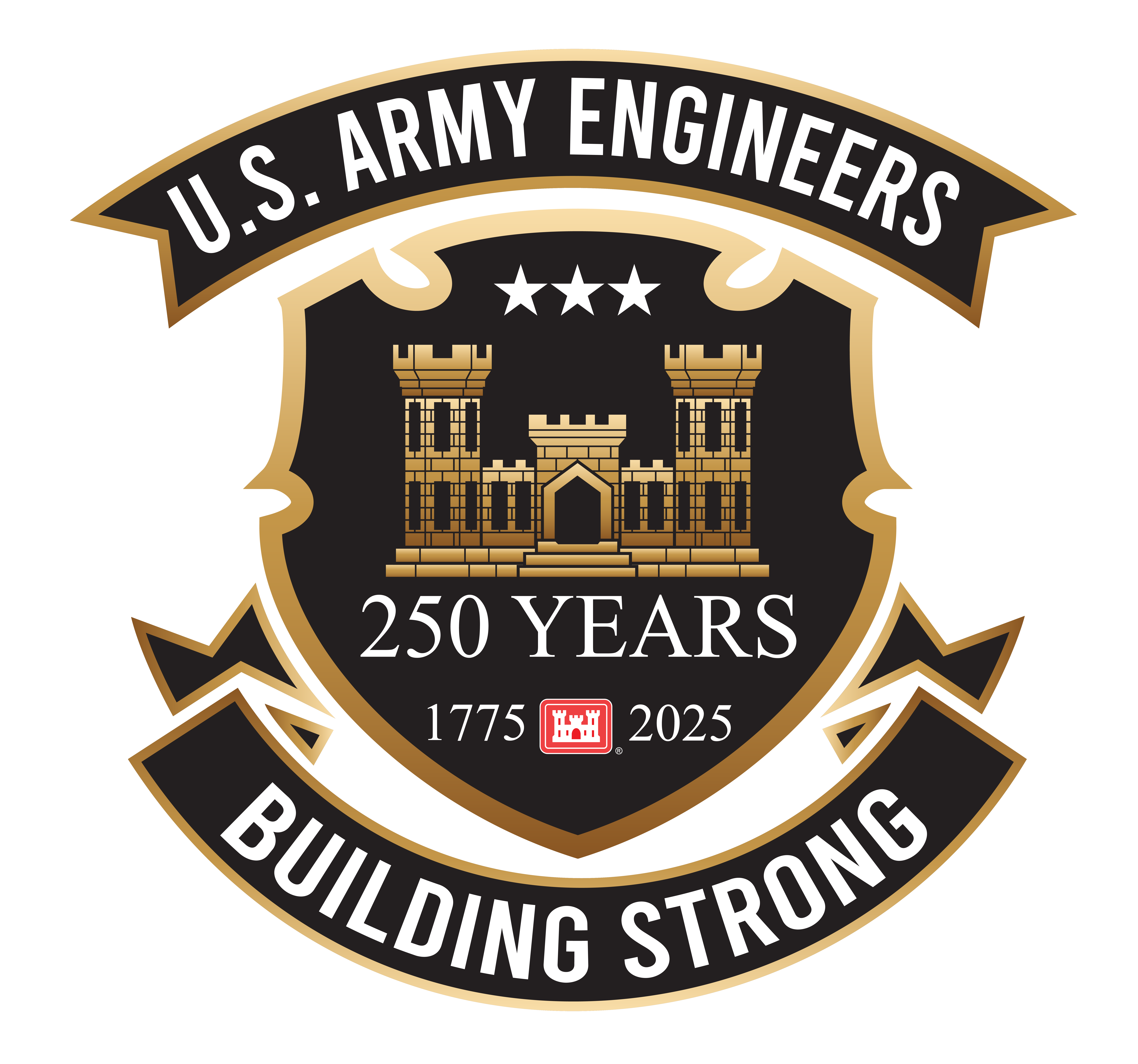| |
 |
| |
The USACE Historical Collection holds a rare example of a radio transmitter used by the Memphis District. Office of History
|
The development of radio communication in the early twentieth century, with the ability to transmit sound without wires across long distances, was a revolutionary event. The popularity and use of radio by the American public in the early 1920s was such that radio quickly became indispensable in the lives of the country’s citizens. The Army, too, soon realized how useful radio was and in 1921 began establishing fixed stations to build a national radio net. The U.S. Army Corps of Engineers (USACE) also recognized the potential value of radio communication. In 1923 the Memphis District equipped dredges and other large vessels, as well as the district headquarters, with radio equipment. Doing so allowed USACE floating plant to report changing river conditions almost instantly.
The establishment of the USACE Memphis District can be traced to late 1875, and its original mission was focused largely on ensuring navigation on the Mississippi River and its tributaries. Most of the district’s work consisted of dredging, removing snags, protecting riverbanks to prevent erosion, and constructing diversion structures to deepen the channel. However, the district’s location on the often-flooding Mississippi River meant that it was called upon to conduct rescue and relief operations when the river rose. Initially an informal mission as early as 1882, in 1917 USACE was given formal authority both to respond to catastrophic floods and to plan and coordinate with local authorities to prepare for future events. In addition, the 1917 Flood Control Act gave USACE a flood prevention and control mission. The new technology of radio would play a role in both of these new responsibilities.
Before the advent of radio, when the Mississippi River threatened to flood, a crude but effective communication method was used to warn the population. According to the published history of the Memphis District, A Century on the Mississippi: A History of the Memphis District, U.S. Army Corps of Engineers, 1876-1976:
If trouble developed, a [levee] guard would fire his gun three or four times at intervals of a few seconds, the number of shots giving some measure of the alarm. If a levee broke, a fusillade of shots would break out that lasted until the ammunition had been exhausted. People living behind the levee would pick up the sounds and repeat it until the whole area behind the levee had been warned. In addition to the firing of guns, plantation bells were used to send messages of a levee break for many miles and in a short period of time.
Now that USACE vessels had radios by the mid-1920s, they could warn the Memphis District who in turn could let local authorities know about rapidly changing conditions. The first significant use of radio during disaster response operations came during the catastrophic 1927 Mississippi River flood, when “for the first time the [Memphis District] Engineers used commercial radio stations to broadcast flood warnings, and radio station WMC at Memphis was used to recruit flood fighters” as reported in the Memphis District history. For the first time, USACE had a reliable communication system that was not subject to human misinterpretation of signals or the severing of wires, as was common with the telephone and telegraph. Radio became an essential tool for monitoring weather and river conditions, broadcasting warnings, coordinating rescue and relief efforts, and collecting citizens to fight floods.
The U.S. Army Corps of Engineers Historical Collection holds a rare example of a radio used by the Memphis District in the 1927 flood, as well as subsequent natural disasters on the Mississippi River, in addition to its normal daily operational use, from approximately 1926 to 1968. According to the acquisition records, this Westinghouse Type TK Radio Transmitter was procured by the Memphis District shortly before the 1927 flood. It was originally intended for mobile use in the field, despite its large size and weight, with fragile vacuum tubes and copper coils instead of the miniature transistors and computer chips of today’s communication devices. In 1931 it was moved permanently to the district’s area office in Cairo, Illinois. Records associated with the transmitter state that once permanently established, the radio would have been equipped with a rooftop antenna described as a “multiple (4) inverted L flat top… the masts are 40 feet high and 103 feet apart, located on top of the four story building” in Cairo. During the equally historic 1937 flood, the records relate, this transmitter was the only means of communication with the inundated city, which sits at the confluence of the Ohio and Mississippi rivers. By then radio had become a vital component of USACE disaster response operations. For example, the Louisville District used radio to transmit instructions to the district staff daily during the flood. The Louisville Courier–Journal wrote on January 27, 1937, that “the catastrophe was radio’s opportunity and it proved radio’s triumph. Radio was the voice of authority, the commanding general.”
Despite the advances in radio technology in the twentieth century, this transmitter was used until 1968. It was formally removed from service three years later, after use in two historic Mississippi floods and numerous smaller ones and years of routine USACE communication. This unique object of Army and USACE history was eventually transferred from the Memphis District to the USACE Office of History for preservation.
 |
|
 |
| The user's manual for the Westinghouse radio telegraph transmitter; the manual cover and an interior page. Office of History |
| |
|
|
| |
|
|
|
|
|
|
| |
|
 |
250th Anniversary
June 2025. No. 07. |
|
|
|
| |
|
|
|
|
|
|
|